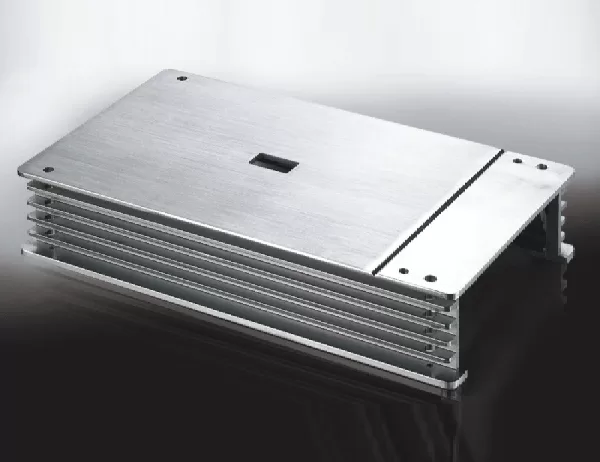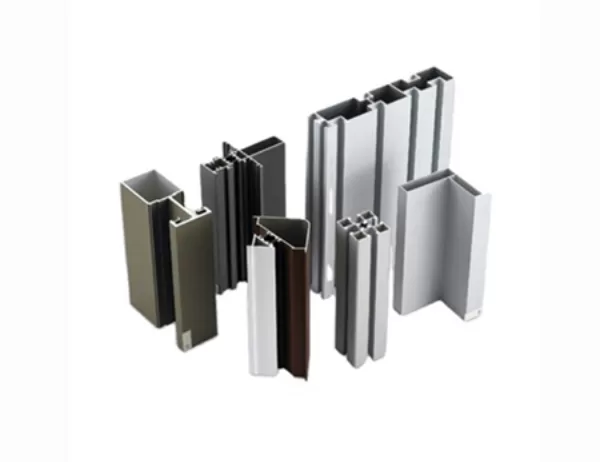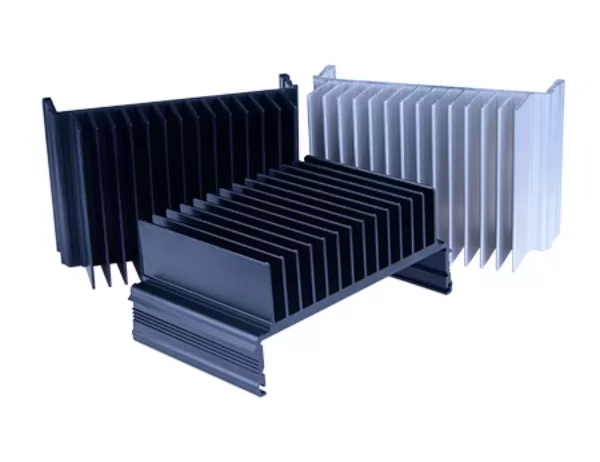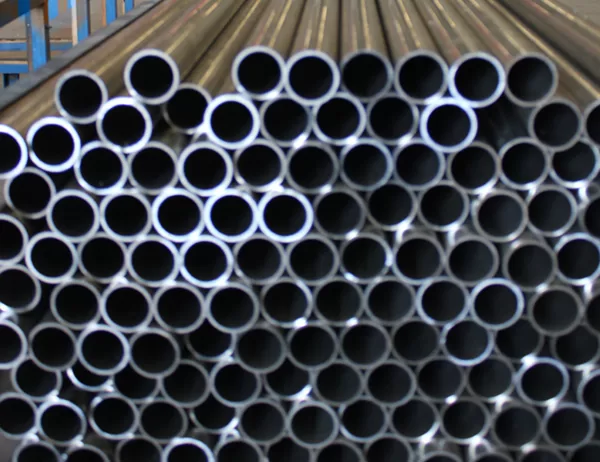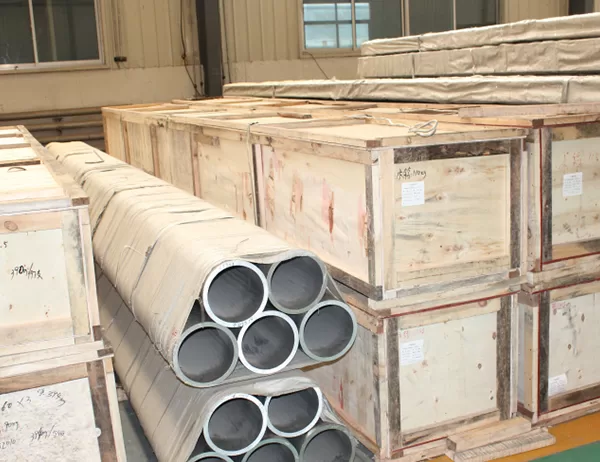Choosing Between Extruded vs. Fabricated Industrial Aluminum Profiles: A Critical Decision for Engineers and Manufacturers
In the realm of engineering and manufacturing, the selection of industrial aluminum profiles is a pivotal choice. Aluminum’s lightweight yet robust nature has propelled it to the forefront of industries ranging from transportation and construction to electronics and defense. However, the choice between extruded and fabricated aluminum profiles can be a perplexing one, each presenting unique advantages and drawbacks.
Extruded Aluminum Profiles: Precision and Efficiency
Extruded aluminum profiles are created by forcing molten aluminum through a precision die, creating a continuous, uniform shape. This process yields highly accurate profiles with complex geometries, making them ideal for applications where precision is paramount. Extruded profiles boast exceptional strength-to-weight ratios and can be tailored to specific design requirements.
Fabricated Aluminum Profiles: Versatility and Customizability
Fabricated aluminum profiles, on the other hand, are crafted from flat aluminum sheets or plates that are cut, bent, and assembled into desired shapes. This method provides greater flexibility, allowing for the creation of intricate designs and customized shapes that are difficult to achieve through extrusion. Fabricated profiles offer higher strength in certain applications compared to extruded profiles, but may require additional manufacturing steps.
Key Considerations for Selection
The choice between extruded and fabricated aluminum profiles hinges on several crucial factors, including:
Cost: Extruded profiles typically have lower material costs due to mass production, while fabricated profiles may involve higher labor and setup costs.
Lead Time: Extruded profiles generally have shorter lead times than fabricated profiles, as tooling and setup for extrusion dies can be time-consuming.
Complexity: Extruded profiles excel in producing complex shapes with high precision, while fabricated profiles are more suitable for intricate designs and unique geometries.
Strength: Fabricated profiles offer superior strength in applications where bending or twisting is a major concern, while extruded profiles may suffice for most applications.
Conclusion
The choice between extruded and fabricated industrial aluminum profiles is a crucial decision that requires careful consideration of factors such as cost, lead time, complexity, and strength. By understanding the distinct characteristics and advantages of each type, engineers and manufacturers can make informed decisions that optimize performance and meet project-specific requirements.
